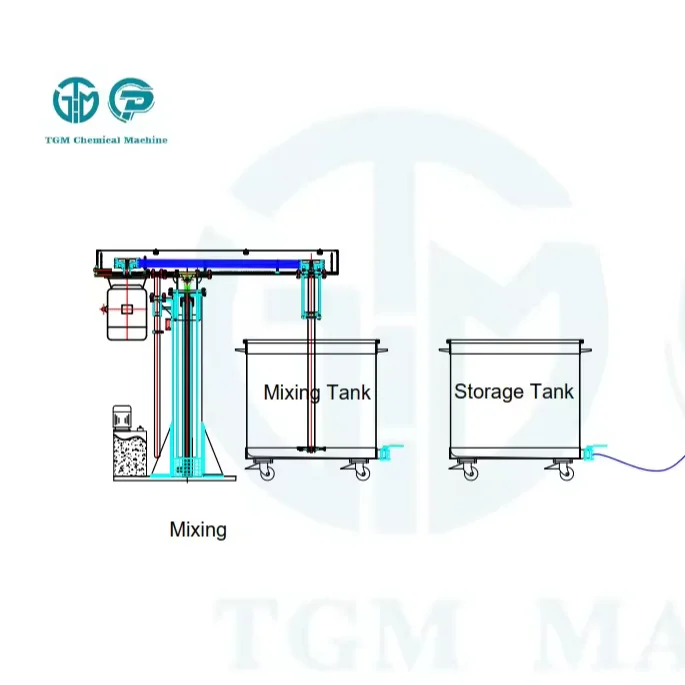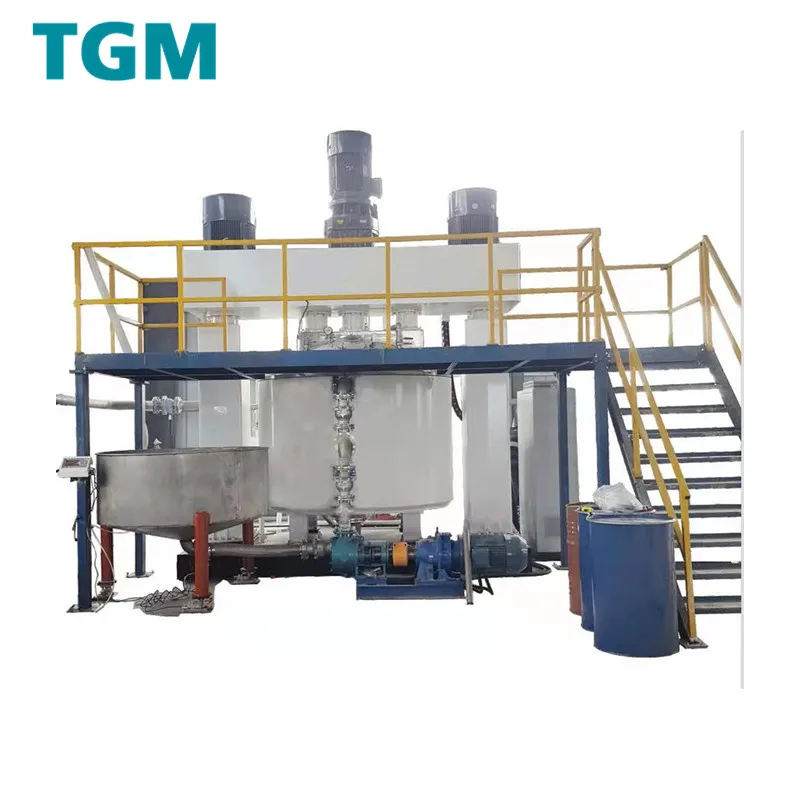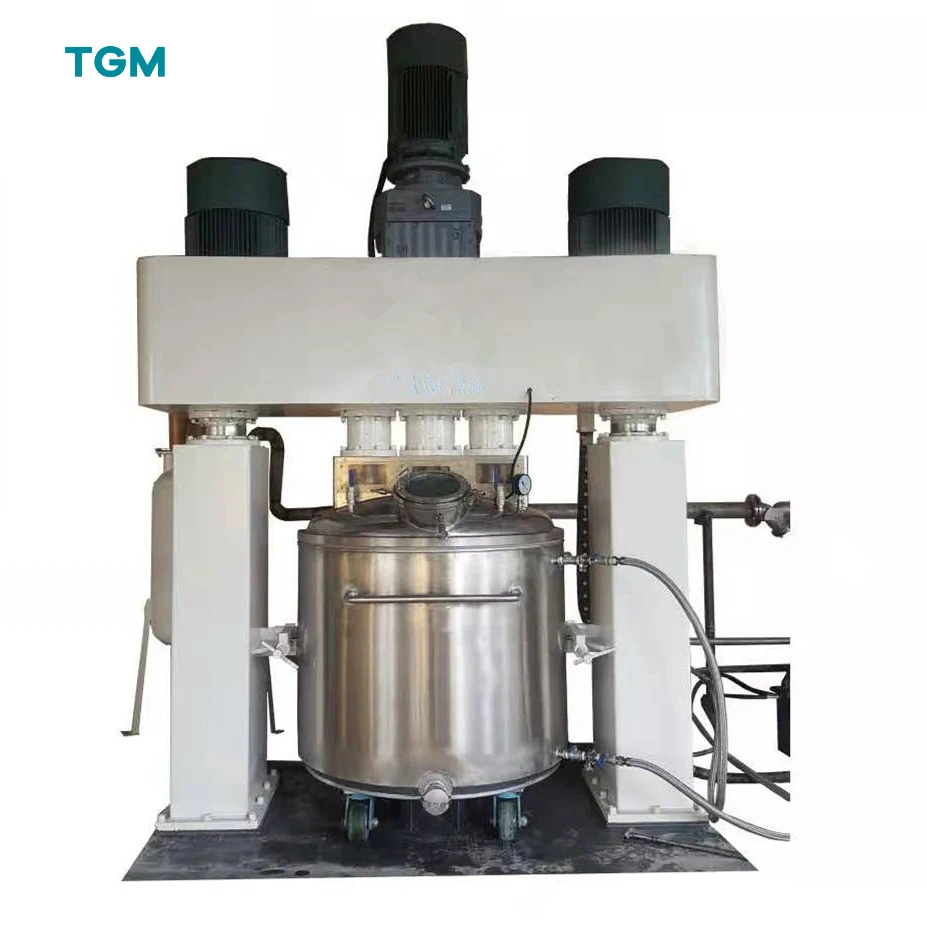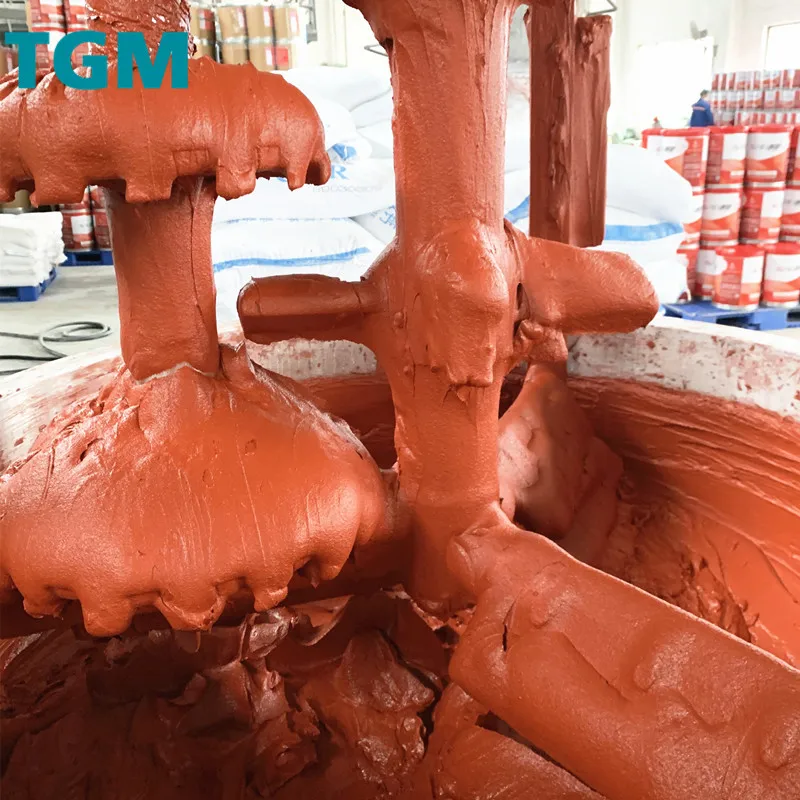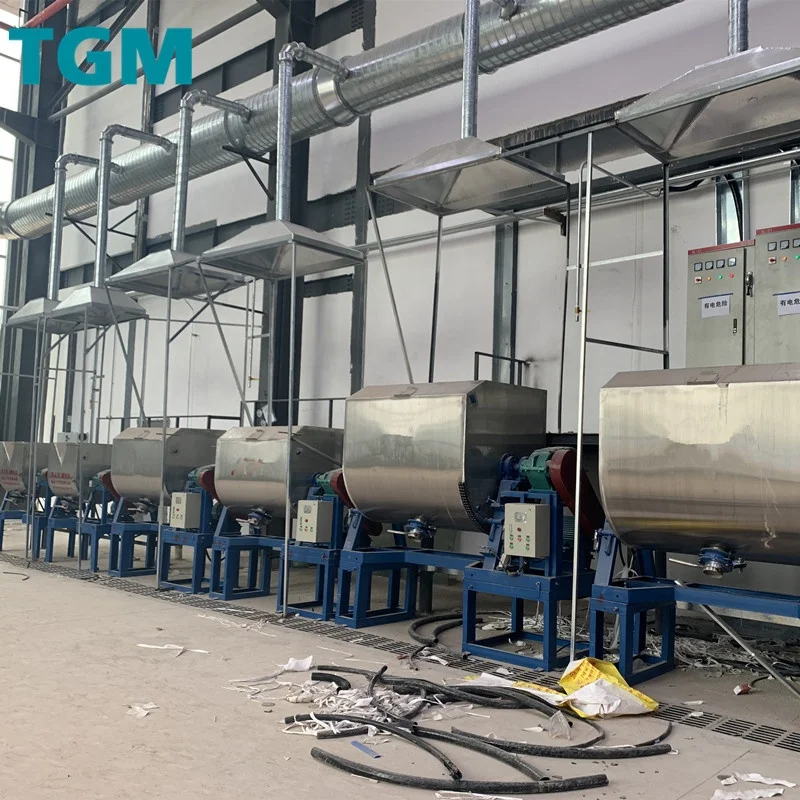ABOUT
Foshan Intelligent Machinery Equipment Co., Ltd. is a enterprise composed of a professional technical personnel and a senior service team. We have established a complete industry chain including Research and Development, Manufacturing, Sales, Service, and Training, and can provide customers perfect solutions, products and service, which can create long-term value and potential growth for customer.
We focuses on the food industry: quantitative filling, quantitative injecting, product surface coating, decorating, ultrasonic cutting, paste automatic conveyor, oil spraying, intelligent robot automatic sorting, box packing,
case packing,research and production of handling and stacking equipment.Products are widely used in central factories and industrial circulation food enterprises, involving a series of processing and production equipment, such as biscuits, candy, cakes, bread, wafer, caramel treats, moon cakes, chocolate, cookies, Cantonese sponge cake, mousse dessert,etc.
PRODUCTS
Mastering Silicone and PU Sealant Mixing Techniques for Professional Results
They show excellent flexibility, resist extreme weather conditions, and attach to many surfaces, silicone sealants. Or, that their formulation is as simple as it sounds. Though most silicone sealants are one-part (and require no mixing), some (especially specialty compounds designed for high-performance applications) may require a catalyst or additive to cure properly. Such additives are typically accurately measured and blended in according to manufacturer recommendations and typically requires a specific mixing ratio corresponding to the desired cure time and other properties. Not following these instructions exactly can shorten the lifespan of the sealant. Important: Please refer to the Safety Data Sheet (SDS) and technical data sheet provided with the product for more safety and application information.
Mixing is key in order to disperse the catalyst uniformly. Homogeneous blending is achieved by using an appropriate mixing tool, either a lifting spatula or mixing paddle specifically designed to mix sealants, avoiding zones of fuzzy curing, and weak bonding. Sealers that are not mixed properly may cure unevenly, which can cause cracking or brittleness in the cured sealant. As a reminder, a slight difference from the mixing ratio that was recommended can seriously affect the performance of the final product.
Mixing Polyurethane (PU) Sealant: Hence, More Complicated
Polyurethane sealants are much stronger, more adhesive and suitable for high durability applications than silicone. On the other hand PU sealants are mostly two-part systems, containing resin and hardener (isocyanate component). Ensuring the right properties and successfully applying the product depend on precisely mixing these two components. You have to follow the manufacturer's instructions, which are generally somewhere between a precise ratio (often confusingly a weight ratio). If the mixing ratio is incorrect, the curing will be incomplete, the bond strength will be low, and an exothermic reaction will occur causing the system to release heat and damage the adjacent area.
It has to be an orderly process, especially the mixing. Pour the resin into a spotless, dry container and gradually add the hardener while stirring with a clean spatula or, if possible, use a low-speed mixer but with care to avoid incorporating air. Mix well and mix gently as to not introduce air into the sample. Mixing time matters, as a low mixing time may result in inconsistency in the curing, while a high mixing time may introduce air bubbles in the composition, leading to a weaker sealant. Always consult the manufacturer's instructions for the proper mixing time and speed.
PU sealants have a relatively short pot life (which is the period of time after sealants form a mixture and so are capable of being worked with) after being mixed. To minimize wastage proper planning and optimal application techniques are crucial. For larger projects, you may want to work in smaller batches to prevent the sealant from setting before it is applied.
Professional Mixing Tools and Techniques
Accurate mixing of sealant is one of the most crucial factors affecting quality of the final product, which can only be achieved by a set of decent toolsTIME READING: 5 MINS For small projects, clean spatulas or mixing sticks will do. For big batches, you need a low-speed electric mixer with a specific, sealant paddle—it is most particularly well profitable. It allows for mixing without overly introducing air bubbles. Container Cleanliness The container in which you mix your concrete should be dry, clean, and free of contamination that can negatively affect the curing process.
Mixing should also be a slow and steady process. Be careful not to splash or agitate too much air bubbles. In order for components to be spread more uniformly, take a FIG-OF-8. Scrape the sides of your container frequently, so you can mix in whatever sealant has not gotten mixed in. A visual check is vital; a homogenous mix should appear streak-free and with no clumps of unmixed components.
Resolve Frequent Mix Issues
Problems can even occur to the pros. Seating Issues If the sealant fails to cure the first time round, it could be due to improper mixing, wrong-component ratios, or contamination. This typically indicates an issue with the mix ratios; if the sealant cures too fast or too slow. Now, your first point of reference should always be the manufacturer instructions to determine what exactly could have caused it. Environmental factors like severe heat or humidness can also influence curing times occasionally. In many cases, such attention to the surrounding conditions is critical.
This is usually due to improper mixing or wrong proportions — a sure sign of weak or brittle cured sealant. Most often, one should repeat this same process, but using fresh components, using clean tools — with a real hard-surface disinfectant, and best practice in mind. If the issue continues, consult the manufacturer of the sealant for expert assistance. Detailed records of the application process, including batch numbers and mixing methods, may aid diagnostics and remedy.
Takeaway: Be Precise, And Practice
Mixing silicone and PU sealants is an art that needs to be perfected with precision, patience & practice. Being familiar with the characteristics of each type of sealant, following manufacturer recommendations, and using the right equipment along with the correct technique will help you to get professional results every time! Keep in mind that even small deviations from best practice come back to haunt performance and longevity in many instances. As long as you pay attention and use proper mixing techniques, your projects will thrive.
SUBSCRIBE
INQUIRY

